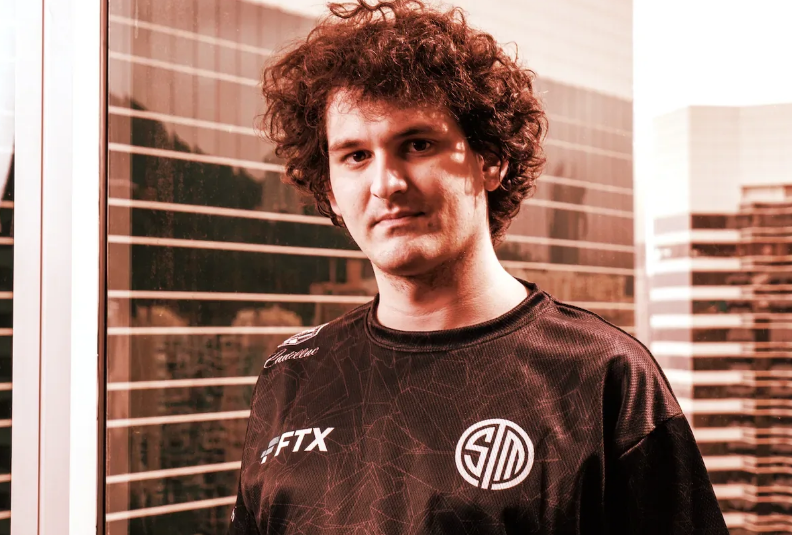
Price gouging by pharmaceutical giants has escalated astronomically in recent years. Back in 2015, Turing Pharmaceuticals increased the price of a drug called Daraprim – the standard treatment for a parasitic infection – from $13.50 (at most) to $750 per tablet, overnight – that’s a 5,000 percent increase. Turing was not even involved in the cost of developing this drug, but simply purchased it from another pharmaceutical company.
“What is it that they are doing differently that has led to this dramatic increase?” Dr. Judith Aberg, the chief of the division of infectious diseases at the Icahn School of Medicine at Mount Sinai, asked at the time. She told The New York Times that the price increase would likely force hospitals to use “alternative therapies that may not have the same efficacy.” (Related: Outrageous Big Pharma greed on parade as $1 pill for treating fatal infection suddenly skyrockets to $750 per pill!)
In another example of shameless price-gouging, Mylan Pharmaceuticals jacked up the price of their EpiPen two-pack product from $94 in 2007, to $608 in 2016 – a 550 percent increase. What makes this even more disgusting is the fact that an EpiPen can literally mean the difference between life and death. These devices are used by people with allergies to peanuts, shellfish, etc. to deliver an emergency shot of epinephrine during an anaphylactic allergic reaction. An EpiPen will often give the patient just enough time to get to a hospital for urgent treatment. The fact that thousands of little kids and adults depend on these devices did nothing to stop Mylan’s greed. (Related: Discover the latest healthcare news at Medicine.news)
But there are people out there who do care – one of them being Michael Laufer, who along with his colleagues (which, according to Laufer, include medical doctors) has created a DIY epinephrine autoinjector which can be assembled for just $35. The plans are available for free at the group’s website FourThievesVinegar.org.
The site also contains instructions for an “Apothecary MicroLab,” which can be built using materials available online for around $100. The MicroLab can then be used to create various medications, including Daraprim (Pyrimethamine). Again, all the instructions are available for free.
Laufer believes that creating medications in this way should be no harder than assembling Ikea furniture.
Of course, real danger exists in trying to create medications at home.
Creating the homemade equivalent of an EpiPen or Sovaldi involves deadly perils — contamination, overdose, and underdose — that even compounding pharmacies sometimes struggle with. The margins for error are very small.
Nevertheless, for poor people in desperate need of these medications, Laufer’s plans might seem like a godsend.
That means the logical person to use a Four Thieves plan would be a cash-poor, uninsured patient who desperately needs an expensive drug — and who is also a sophisticated and supremely competent tinkerer.
It is unlikely that thousands of people will suddenly stop taking their medications and start trying to make them at home. Nonetheless, it is great to see that there are still people out there who care enough to try to help the less fortunate who have been all but forgotten by money-hungry pharmaceutical companies.
Sources for this article include:
Please contact us for more information.























